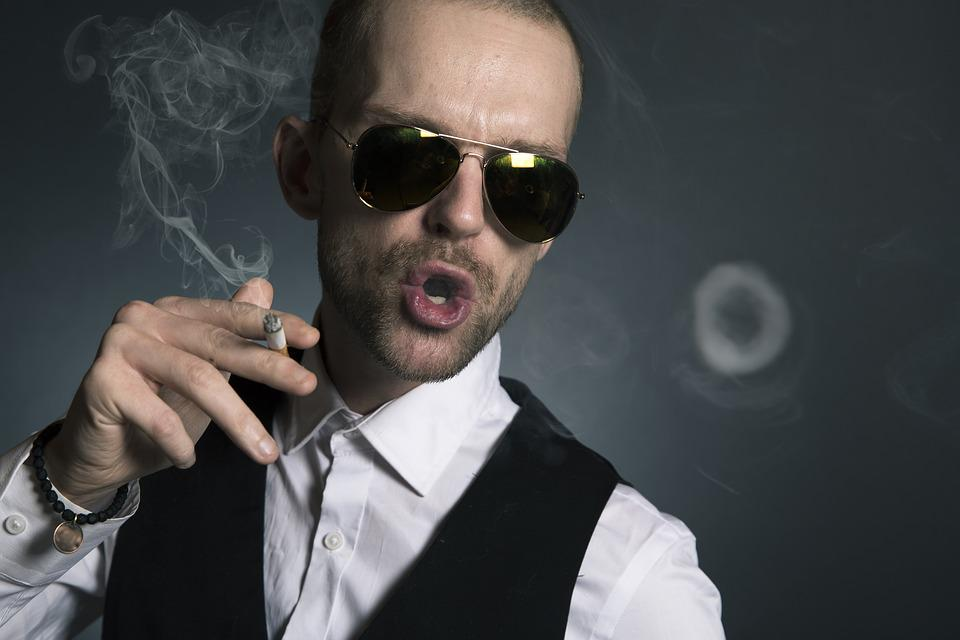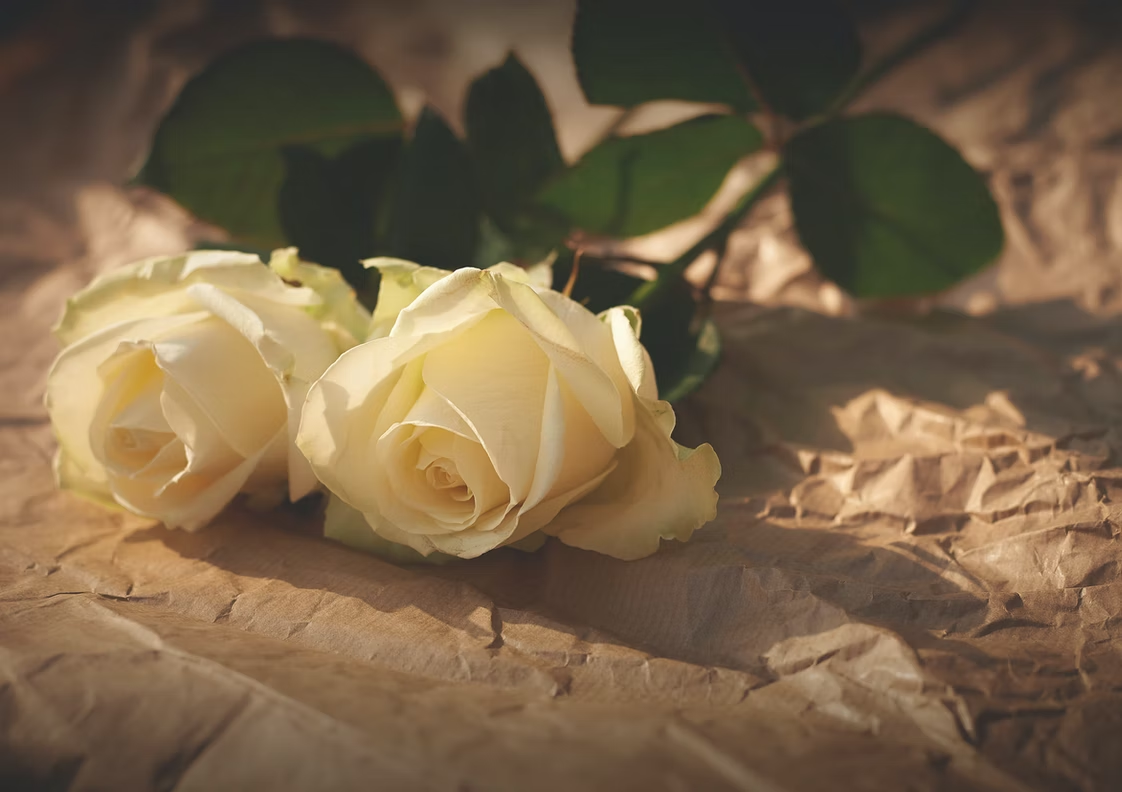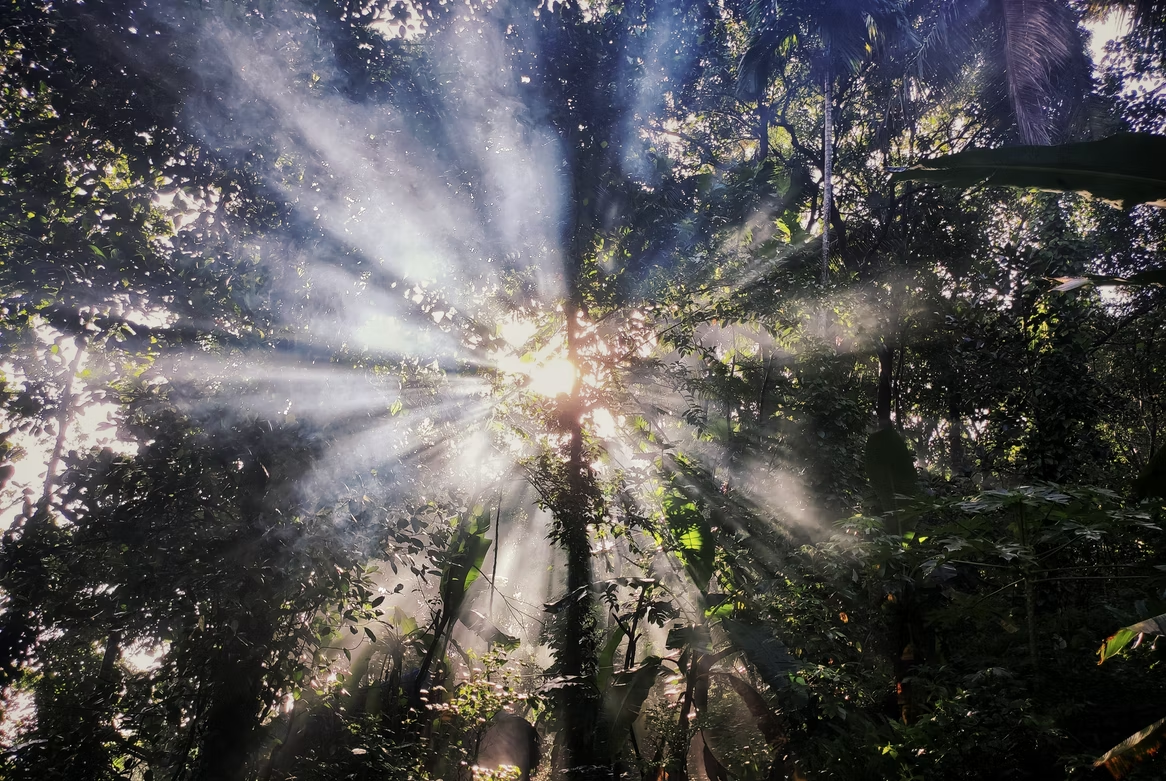What does the word gyaru mean?
According to Yabai, Hello Lizzie Bee, Urban Dictionary, and Fandom, the word gyaru is the Japanese word for gir or gall. However, most people associate the term gyaru with the gyaru girl fashion in Japan that began in the early 1990s. A gyaru girl wears loud, sexy clothing and has a matching loud personality. They usually have lightened or blonde hair, and are a sort of a counterpart to America’s dumb blonde or valley girl stereotype. Gyaru style is loud and in your face, and became popular in Tokyo in the early 90s.
There are many different subcultures that make up the gyaru fashion phenomenon. The primary subculture is gyaru-kei, which is the default gyaru subculture. These are not as loud compared to the others. These are amekaji, romantic gal, bohemian, and rocker. Second is kime gyaru, which are girls who are obsessed with looking like a princess. They might wear pearls and pastel colors, and have pastel nails as well.
The amuro gyaru dress like R&B artists for the early 2000s. The kogyaru are high school girls who wear school uniforms but alter them to fit their unique fashion sense. They might wear short skirts and loose socks in this fashion subculture. This subcategory is reflective of 90s fashion, and these people often have tanned skin and blonde hair in comparison to the dark hair that most of Japan have. The yamanba gyaru and bamba gyaru have very tan skin. The yamanba are extreme, with white makeup in splotches all over their face. They also wear neon Hawaiian clothing. Banba is a slightly more subtle version of this trend. In between these two subcultures is manba. Next, there is ganguro gyaru, which was very popular in the 90s. These girls wore fake artificial tan that was very deep in tone.
There are numerous other different subgenres, including agejo, amekaji, ane gyaru, bibina, gaigin, haaady, gyaru den, gyaru mama, himekaji (also known as hime-gyaru), kogyaru (or kogal), mode, ora ora, rokku, romanba, and tsuyome. Gyaruo may be the term used for womens styles, but there are also gyaruo, which are male gyaru. Typically they also follow out-there fashion trends like voluminous hair, trendy fashion and tan skin. They also have their own subcultures. There is military gyaruo, which use camo print and muted colors, rock, which is inspired by the fashion trends in Western culture in the 1990s. There are bikers, which wear leather jackets and jeans. In the American casual subculture, they wear bright colors, layers and graphic tees with English words. Surfers wear summer clothing with bright pastel colors. Adult gyaruo wear a more subtle look, and a Sentaa guy will wear ganguro drag.
Neo-gyaru came to be in the 2010s when it seems like the style’s popularity was in decline. However, some people completely shunned the aesthetic when this happened. Anime and manga characters became associated with being gyaru girls as well. One of these famous heroines is Gal Gohan. The manga Gal Gohan is also called Gyaru Cooking. This girl is described as the most gyaru girl in school, and this is evident in the illustrations that the artists use in the manga. She is very tan, which is one of the key features among different gyaru girls. While the manga itself does not focus on the gyaru culture, it does portray how gyaru girls are thought to act and how they are perceived.
What is the history of gyaru?
According to Unseen Japan, while there is no record of when gyaru subculture officially came to be, it is likely that the style emerged between 1991 and 1993. IT originated in Shibuya, which is a region in Tokyo. This was under the influence of other Japanese styles at that time. Many high school girls already had lightened hair, short uniform skirts, and tan shin with expensive brand-name bags and clothes. This way of dressing became known as コギャル, or kogyaru.
This fashion sense started as a form of teenage rebellion as a reaction against the traditional beauty ideals that the affluent upper class was enforcing. This style gained momentum completely on its own, with young private school girls driving the changing trend. It was their way of rebelling against the wealthy class they were born into, yet they were still choosing to squander their money on expensive designer items or throwing lavish parties. It was as if they were acknowledging their privilege, but still letting the wealthy know that they had their own opinions and were going to do what they wanted. People had to be able to afford these luxury items, but gyaru eventually became broken down into more subcategories to accommodate the less wealthy.
Overall, the term gyaru is a fashion style that became popular in the 1990s. This form of Japanese fashion has many different subcultures, but they are all very loud, bold, expressive styles that set themselves apart from traditional Japanese style. Young females who dressed in gyaru wanted to be the peer that stood out. These people wanted to stand out from the traditional beauty aesthetics of pale skin and dark hair, and the style rose to popularity in the 1990s. They now have a large influence on street fashion. Some of the trendiest items for teens come from gyaru fashion, and you might see gyaru models in advertisements wearing the same heavy makeup and fashion trend as other gyaru idols.
Sources:
- Gyaru: The Brazen Fashion Rebellion of 90s Japan | Unseen Japan
- Defining The Gyaru Girl: A Look Into Japan’s Gyaru Culture | Yabai
- What is Gyaru? Meaning, Substyles + Resources | Hello Lizzie Bee
- Gyaru | Urban Dictionary
- Gyaru | Aesthetics Fandom
Kevin Miller is a growth marketer with an extensive background in Search Engine Optimization, paid acquisition and email marketing. He is also an online editor and writer based out of Los Angeles, CA. He studied at Georgetown University, worked at Google and became infatuated with English Grammar and for years has been diving into the language, demystifying the do's and don'ts for all who share the same passion! He can be found online here.
Kevin
 November 8, 2021
November 8, 2021
 Common Questions
Common Questions




